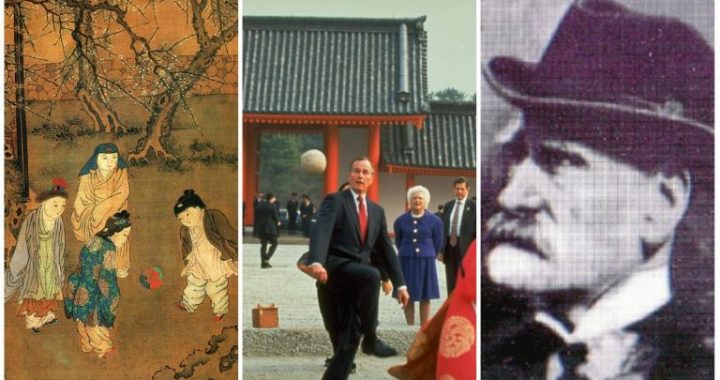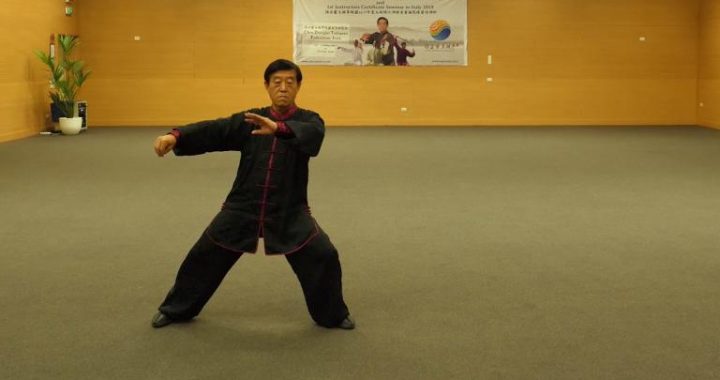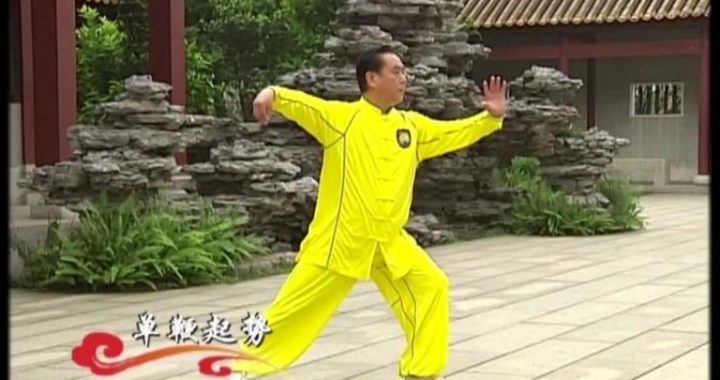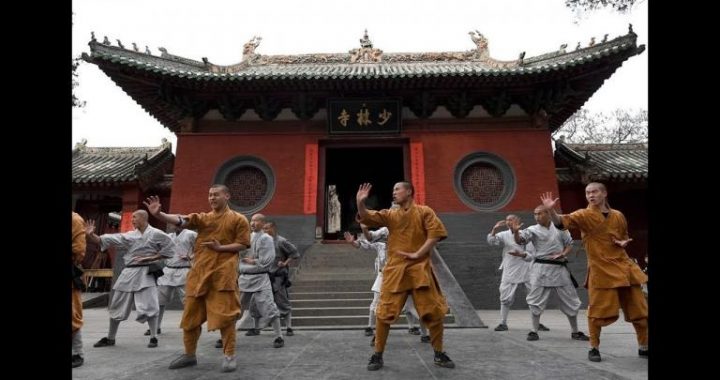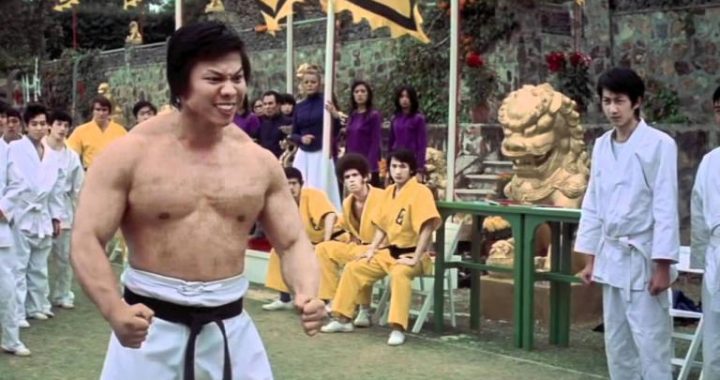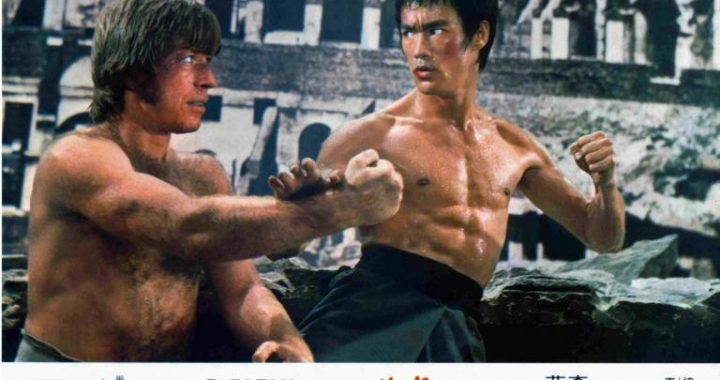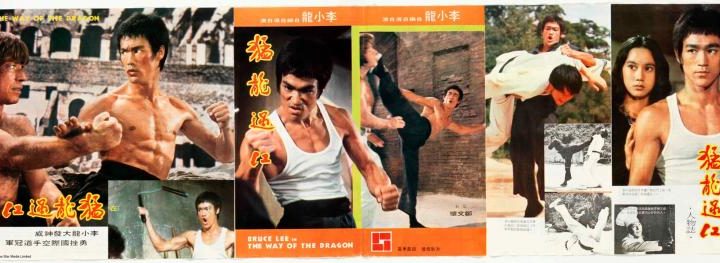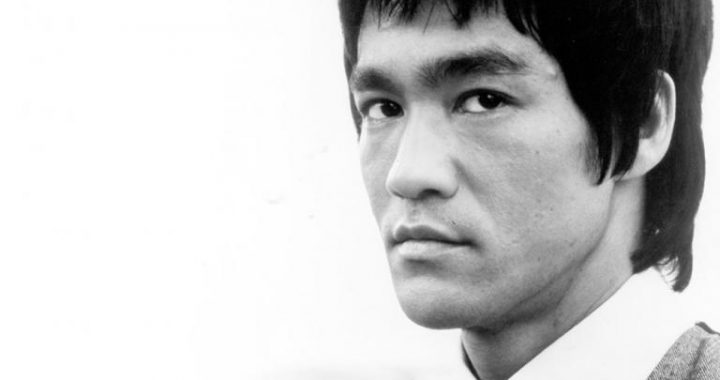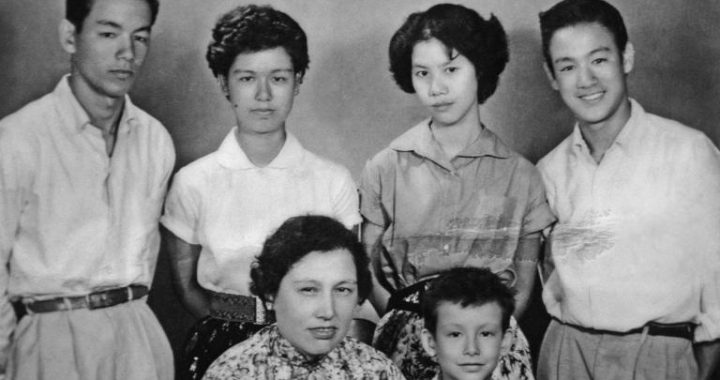Schools of Wushu
2 min readChina is a multi-national country with a long history and a vast territory.Its geographical environment and human factors are highly complex.Due to historical reasons,regional economic and cultural development is very uneven and the customs of various regions also vary,which is why a number of smaller cultural areas with distinct cultural characteristics were formed in earlier times including the Central Plains,Qi-Lu,Jing-Chu,Guan-Long,Wu Yue,Ba-Shu,Lingnan,the southern Fujian culture and the emerging cultural areas in Beijing and Shanghai.Indeed,Chinese culture has been integrated among these regional cultures.
Because Wushu is a cultural type,it is greatly affected by regional cultures.While the martial art belongs to the pure folk cultural type-its vitality lies in the hands of the upper-class.Therefore,its regional features are most profound.The major Wushu schools come from regional cultures.
Portrait of Huang Zongxi
Huang Zongxi,also known as Huang Lizhou,put forward the concept of hitting vital points for the first time in the history of Kungfu.
Huang Zongxi,one of the foremost Chinese scholars and reformers in the early Qing dynasty(1644-1911)put forward the idea of”Neijia(internal)”and”Waijia(external)”types.He believed the type to strike the first blow and initially attack was the external type,such as Shaolinquan while the type which gains mastery by striking only after the enemy has struck was the internal type,such as the Wudangquan.Successors consider the tougher and stronger type to be the external and the gentler type to be the internal.
After a long process,Wushu has formed seven regional boxing families based on several different regional cultures.Each major boxing family focuses on one or several boxing generics,which form a number of boxing schools.The seven major boxing families are:
A:Shaolin:based on central Chinese civilization,centered on Songshan Shaolin Temple and widely distributed in the provinces of northern China.
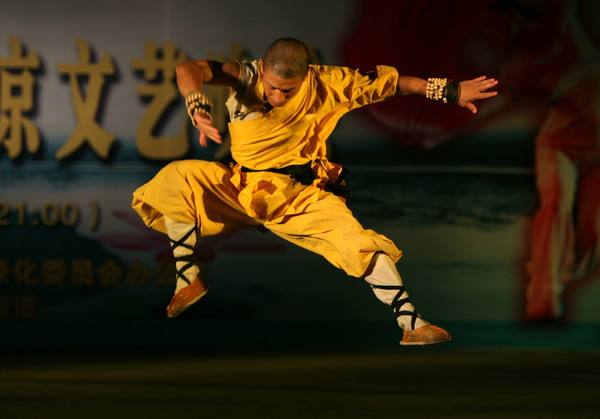
B:Wudang:based on Jing-Chu culture,centered on Wudang Mountain in Hubei province and distributed in Hubei,Henan,Jiangsu,Sichuan and Shanghai.
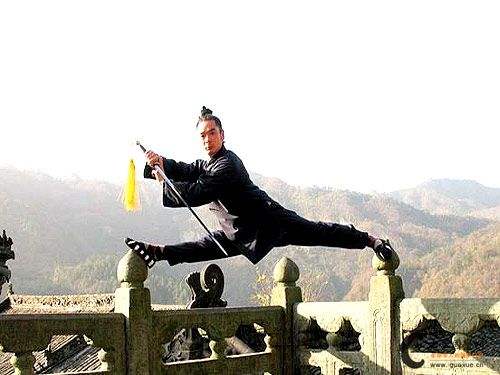
C:Emei:based on Ba-shu culture,centered on Emei Mountain of Sichuan province and distributed in the provinces of southern China.
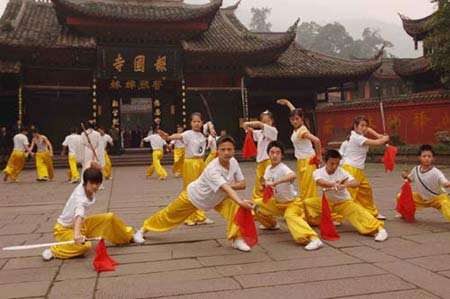
D:Nanquan:based on southern Fujian and Lingnan cultures,centered on Quanzhou and the Pearl River Delta,and distributed in the provinces of southern China.
E:Xingyiquan(intentional boxing):based on Shanxi,Yan-Zhao and Central Plains cultures,centered on Shanxi,Hebei and Henan,and distributed throughout the entire country.
F:Taijiquan:based on Central Plains and Beijing culture,centered on Henan and Beijing,and distributed throughout the entire country.
G:Baguaquan:based on Beijing culture,centered on Beijing and distributed throughout the entire country.
Shaolin, Wudang and Emei boxing families were formed earlier based on famous mountains and famous temples, and Xingyi, Taiji and Bagua were formed later, and first became popular in northernChina. Martial arts practitioners like to call Wudang, Xingyi, Taiji and Bagua the “four big boxing schools of internal types.”
